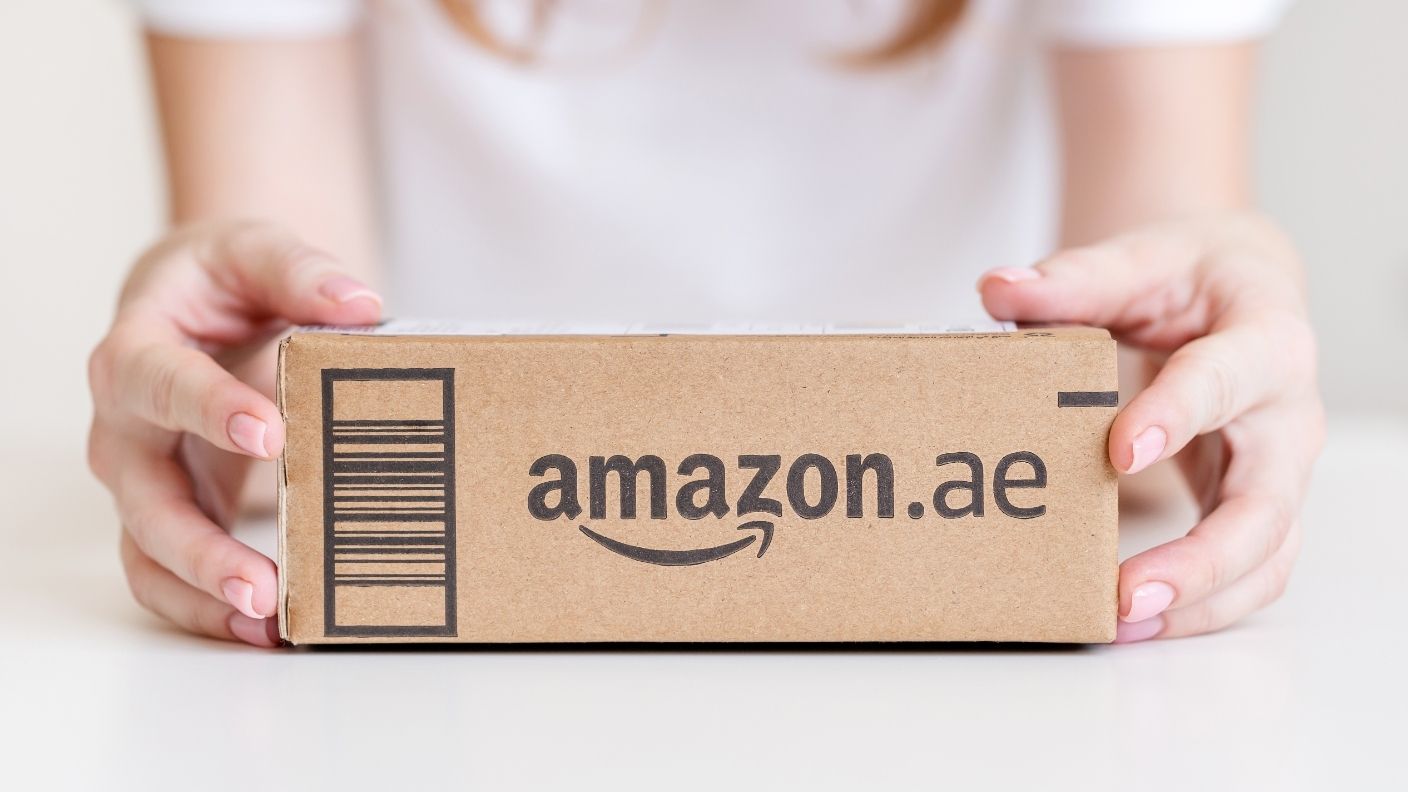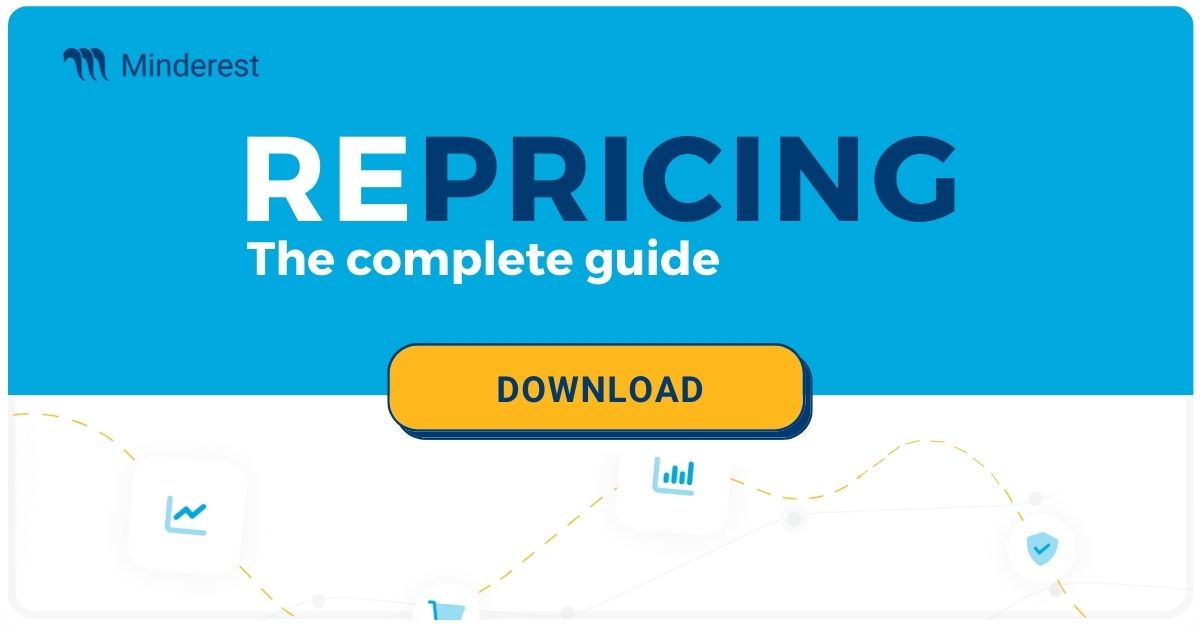

Repricing involves updating prices dynamically and automatically based on market, competitor, and proprietary eCommerce data. Repricing aims to maintain and increase the company’s competitiveness against rival businesses and optimize sales volume. The bottom line is that this automated process allows you to simplify the price change process. It is incredibly complicated to change prices manually, especially for retailers with multiple sales channels. We explain when it is best to apply it and how to implement it as a brand or retailer.
Repricing for highly competitive markets
Automated repricing is especially valuable in highly competitive markets and sectors where price is significant for the customer, i.e., where users are highly price-sensitive.
One of the most common examples is when items are sold on marketplaces like Amazon, where the platform also acts as a seller, and prices change at a breathtaking speed to offer more and more offers to buyers. In this type of context, software that facilitates automated repricing is essential. The software’s price changes are driven by other sellers’ prices to ensure the company’s presence on the sales channel is profitable.
How to apply repricing in your eCommerce
- Monitor your competitors extensively and constantly. Knowing how other companies’ prices fluctuate is crucial so that you can determine their pricing strategies to adapt to their movements. Monitoring should be constant, and it should deliver quality data that supports decision-making.
- Analyze your demand volume and stock availability. Before you embark on automated price changes, evaluate your current demand and how it may vary when price changes occur. Remember that a price drop in markets with elastic demand, can cause stock outs if your stock is not carefully managed.
- Trust tools with advanced pricing rules. Having automated repricing software is just the first step. Over and above this, you can use the latest tools with advanced pricing rules to adjust prices, sometimes only by a cent or penny so that profits are as high as possible. For example, you could establish pricing rules to ensure that new prices always cover manufacturing costs or to deliver a certain profit margin.
This will allow you to implement dynamic pricing in your eCommerce easily, quickly, and agilely without reducing your team’s productivity. As you adjust your prices and the tool acquires more data, its self-learning ability will start to detect correlations and patterns in the data it analyses, thus delivering a highly competitive pricing strategy.
Find out how Minderest can take your business to the next level.
Contact our pricing experts to see the platform in action.
Related Articles

AI Agents and Holiday Season: How to Adapt Your Pricing Strategy
Holiday season planning used to revolve around creative campaigns, emotional storytelling, and optimizing the user experience. However, a silent revolution is changing the rules of the game. The rise...
Retail price monitoring: How Decathlon optimizes its strategy
Decathlon’s mission is to make sport accessible to all. In the quest to achieve this aim, the company faces one of the greatest challenges in the retail sector: the need to always offer the right...
